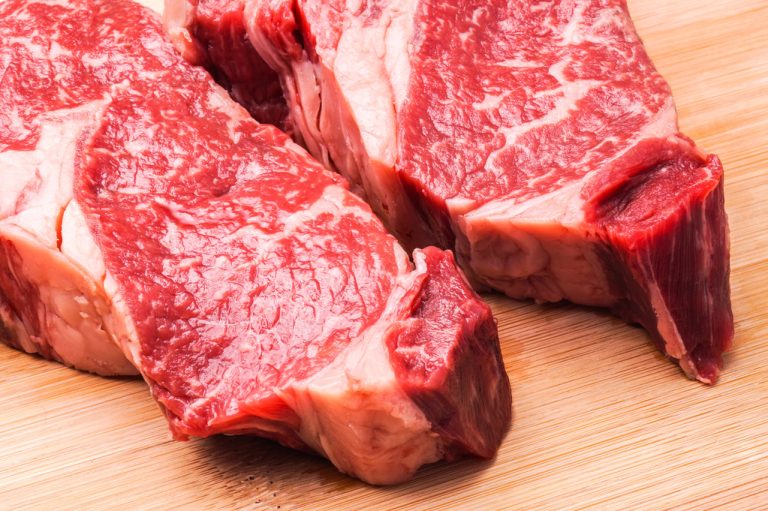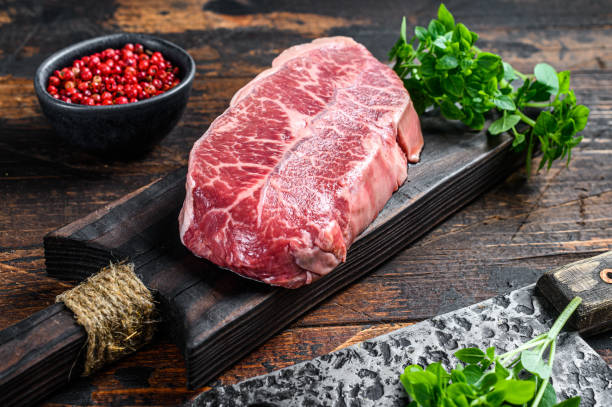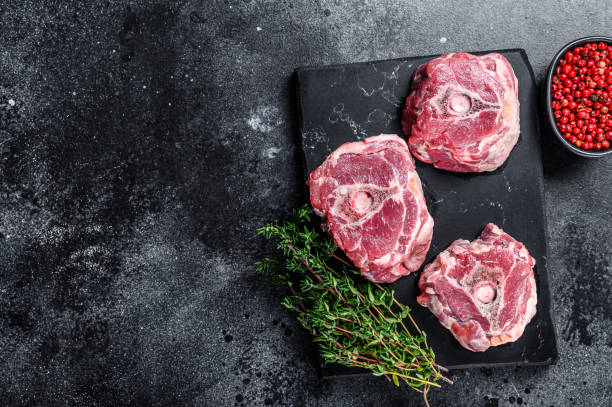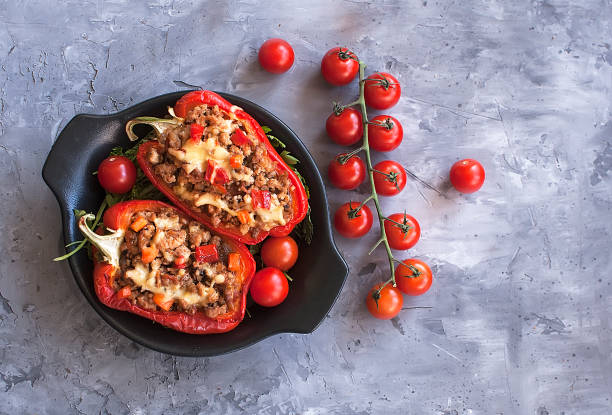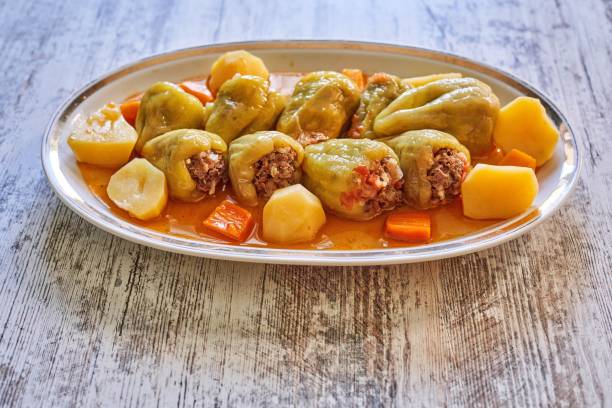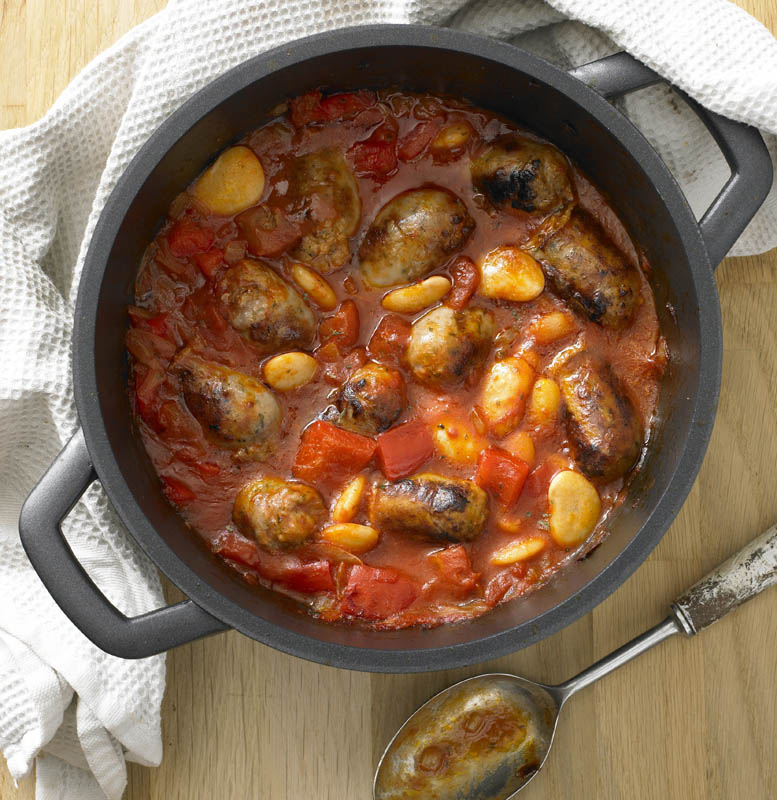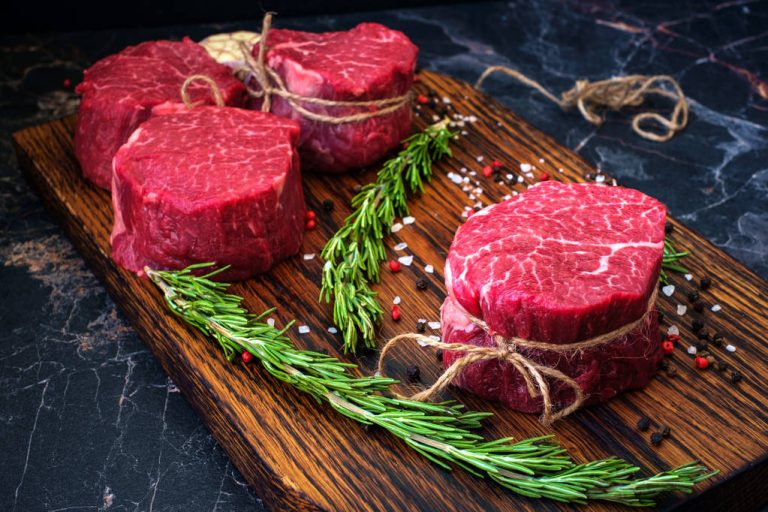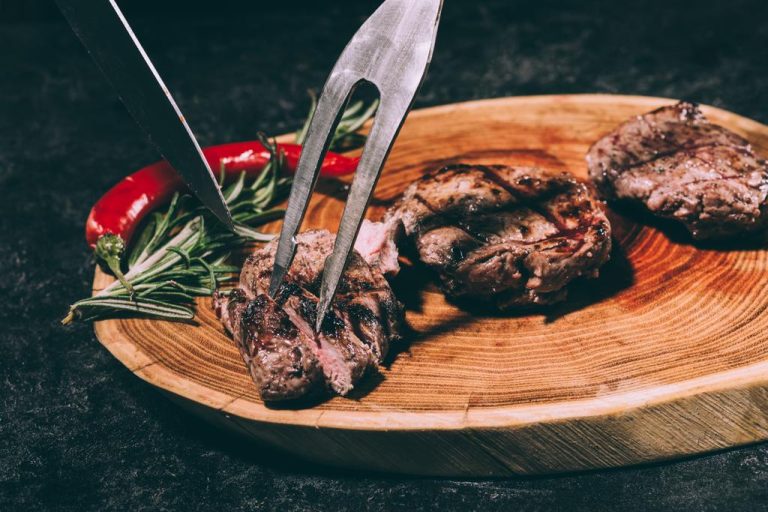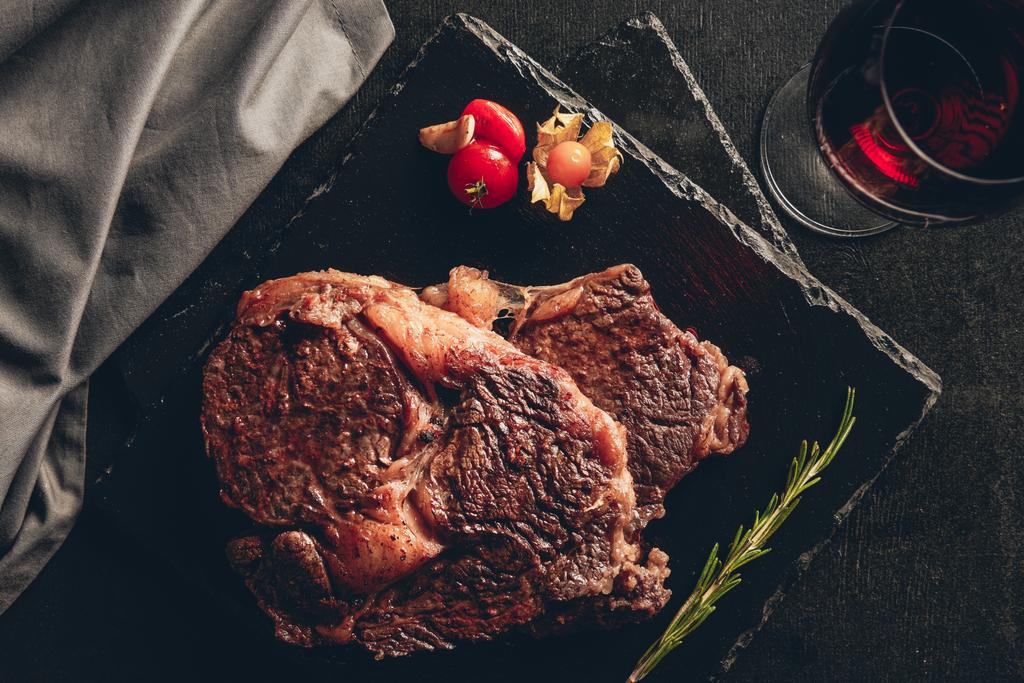Artificial meat – just a dream of the future or soon to be reality? Sounds absurd, but it is not at all unlikely that meat grown from stem cells will soon be on our supermarket shelves. Can Clean Meat be the future solution to problems such as factory farming, climate impact, and pollution?
What is Clean Meat?
When it comes to artificial meat, artificial meat, clean meat, or clean meat, San Francisco and Silicon Valley take the reins. The aim of the current developments is to produce artificial meat. In the future also be in such a way that consumers can afford it. And how? Instead of slaughtering animals, meat is to be grown in bioreactors using stem cells from pigs, poultry, and cattle.
Author Paul Shapiro published a book on “Clean Meat: How Growing Meat Without Animals Will Revolutionize Dinner and the World” in January and explains the idea in an interview with the BBC TV channel quite simply: “When you put stem cells in a test dish and fooling them into believing they are in an animal body, then they grow into muscle mass.”

The difference between real meat? There wouldn’t be, because “it’s real meat — only you don’t have to raise and slaughter animals for it,” Shapiro said. So no meat substitute. But how realistic is it that the production of Clean Meatworks in such a way that there is no loss of consistency and taste and the price of the end product corresponds to or at least resembles that of the current meat?
Memphis Meat, Mosa Meat & Co.
There are more and more companies trying to distance themselves from the idea of factory farming and everything related to the subject as much as possible.
For example, the innovative company Beyond Meat is a Los Angeles-based plant-based meat substitutes manufacturer that produces a variety of plant-based protein-based foods.
Another start-up is Memphis Meat; a food technology company in San Francisco that grows sustainably farmed meat. The company has set itself the task of using biotechnology to produce various meat products. Microsoft founder Bill Gates and British entrepreneur Richard Branson, among others, have invested in Memphis Meat.
Proud price – $40 per gram
Memphis Meat launched the first clean meat hamburger in London in 2013 for around $330,000. It’s not an understatement to say that’s a lot of money. But now Memphis Meat is producing the artificial meat for $40 a gram, which is quite a difference from 2013.
Mosa Meats aims to sell a $10 clean meat burger patty by 2020. In the future, clean meat should be produced in such a way that it is reasonably priced for consumers and is on par with the prices of conventionally produced meat. (2)
Fight against climate change
Consume animal products without animals having to suffer? Sounds like a step in the right direction; also in the fight against climate change.
Various scientists believe that meat from bioreactors has many benefits for the environment and our planet. Not only could consumers get a grip on the danger of consuming contaminated meat from salmonella or other bacteria, but also the chance of a better climate balance.
No factory farming also means less water consumption, less deforestation, and a drastic reduction in the use of antibiotics.
Clean Meat: Does the concept have a catch?
When it comes to clean meat, some questions remain unanswered when it comes to the cost of development and research, and how long it will take for the first clean meat to be available at an affordable price to the consumer.

Some critics will probably also remark that it would make more sense to invest the time and money in improving the conditions of animal husbandry in the long term and in a sustainable way, and to advise people not to eat meat in large quantities, but rather to eat meat occasionally to enjoy certain respect.
Is the Clean Meat concept future-proof and can it help to improve it? If the ecological balance, nutritional value, and taste are good, that would be a huge success!
Imaginable artificial meat for consumers?
How do you think consumers react to artificial meat? Does clean meat trigger disgust or perhaps even positive thoughts in consumers? One thing is clear: it is unusual for everyone at first!
Hamburgers, nuggets, and pies are the smaller hurdle and arguably the fastest on the market. If it’s a juicy steak,



